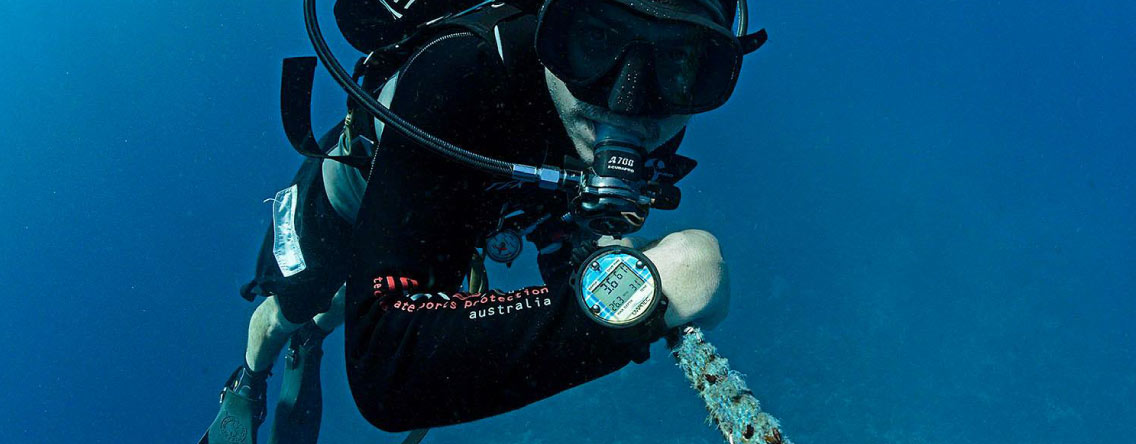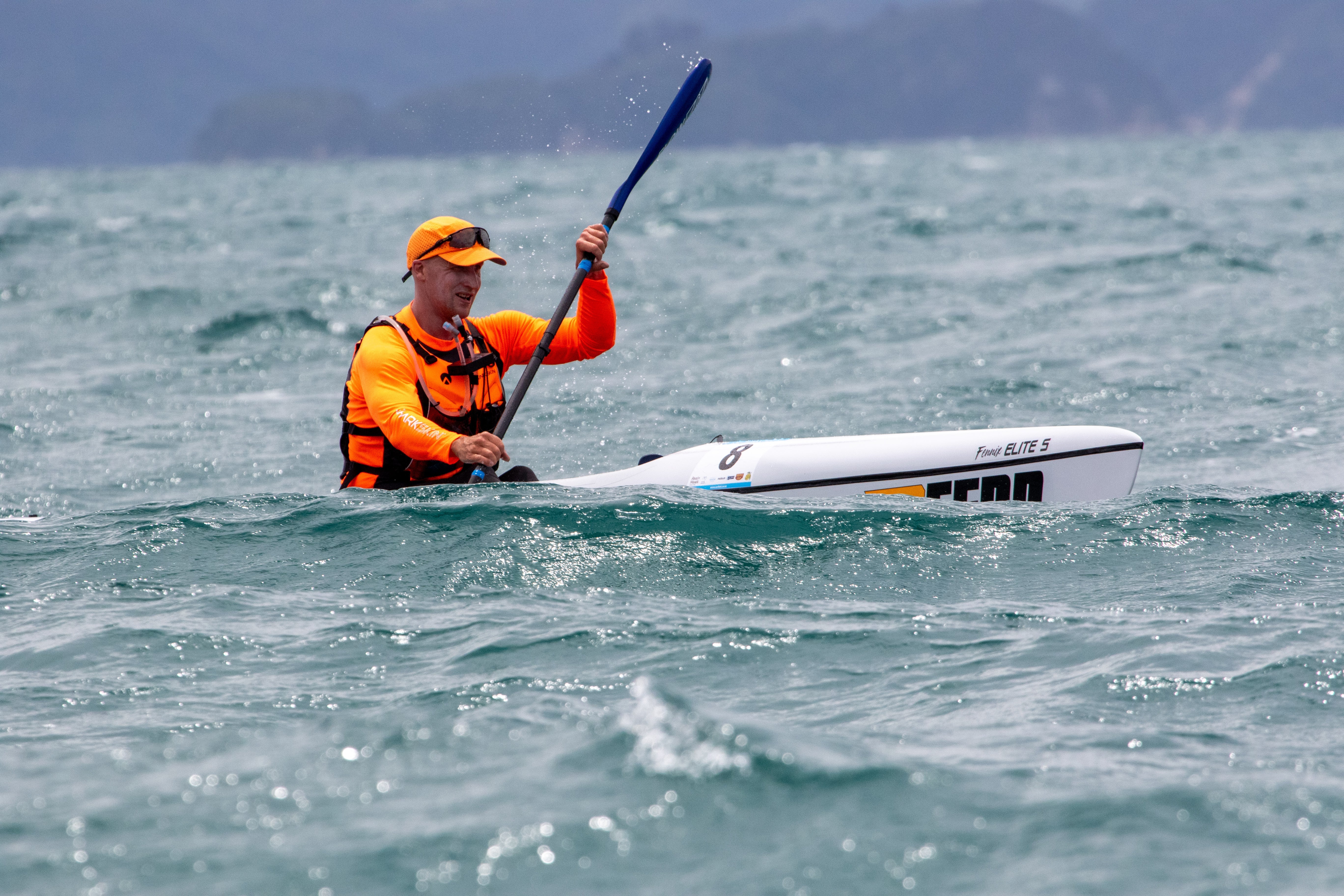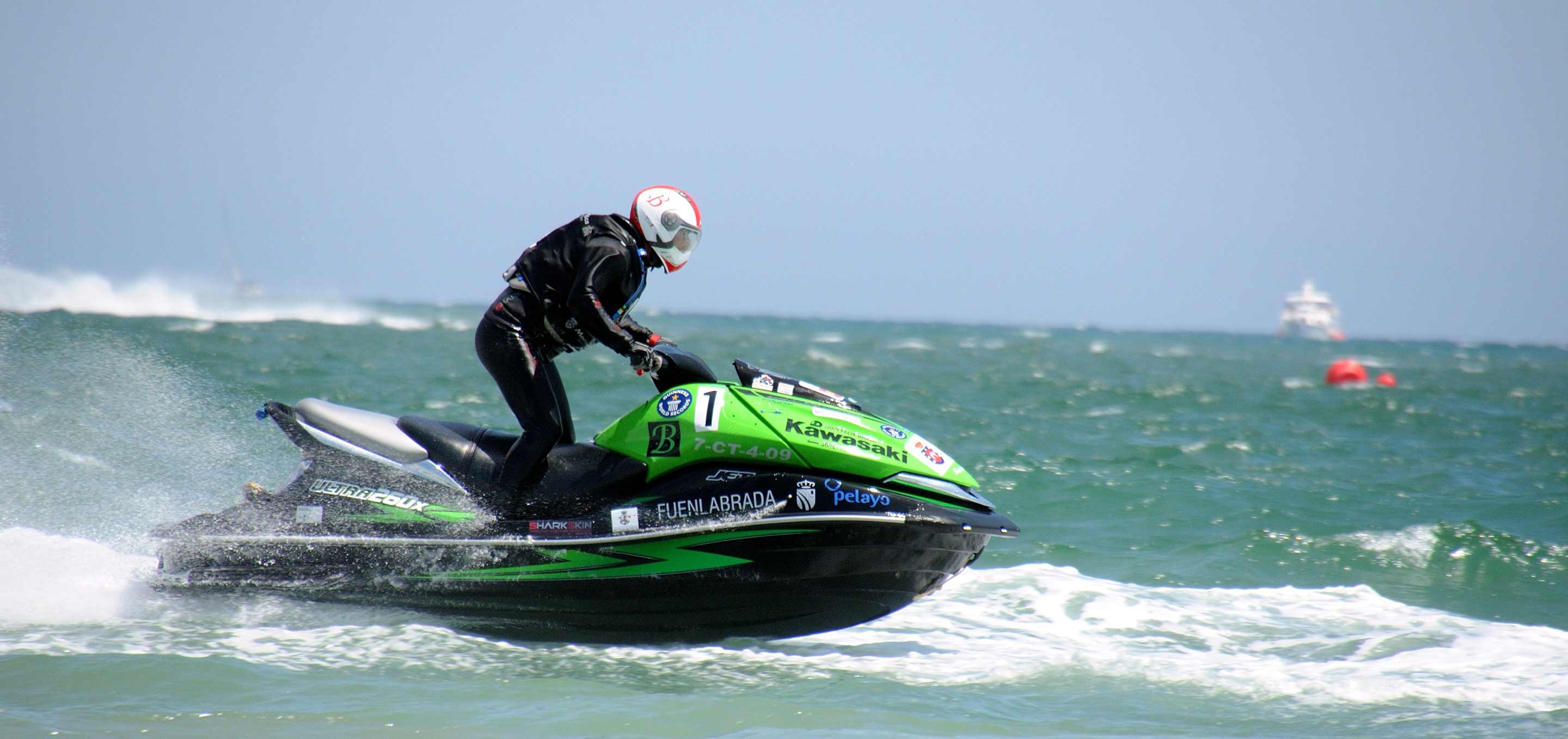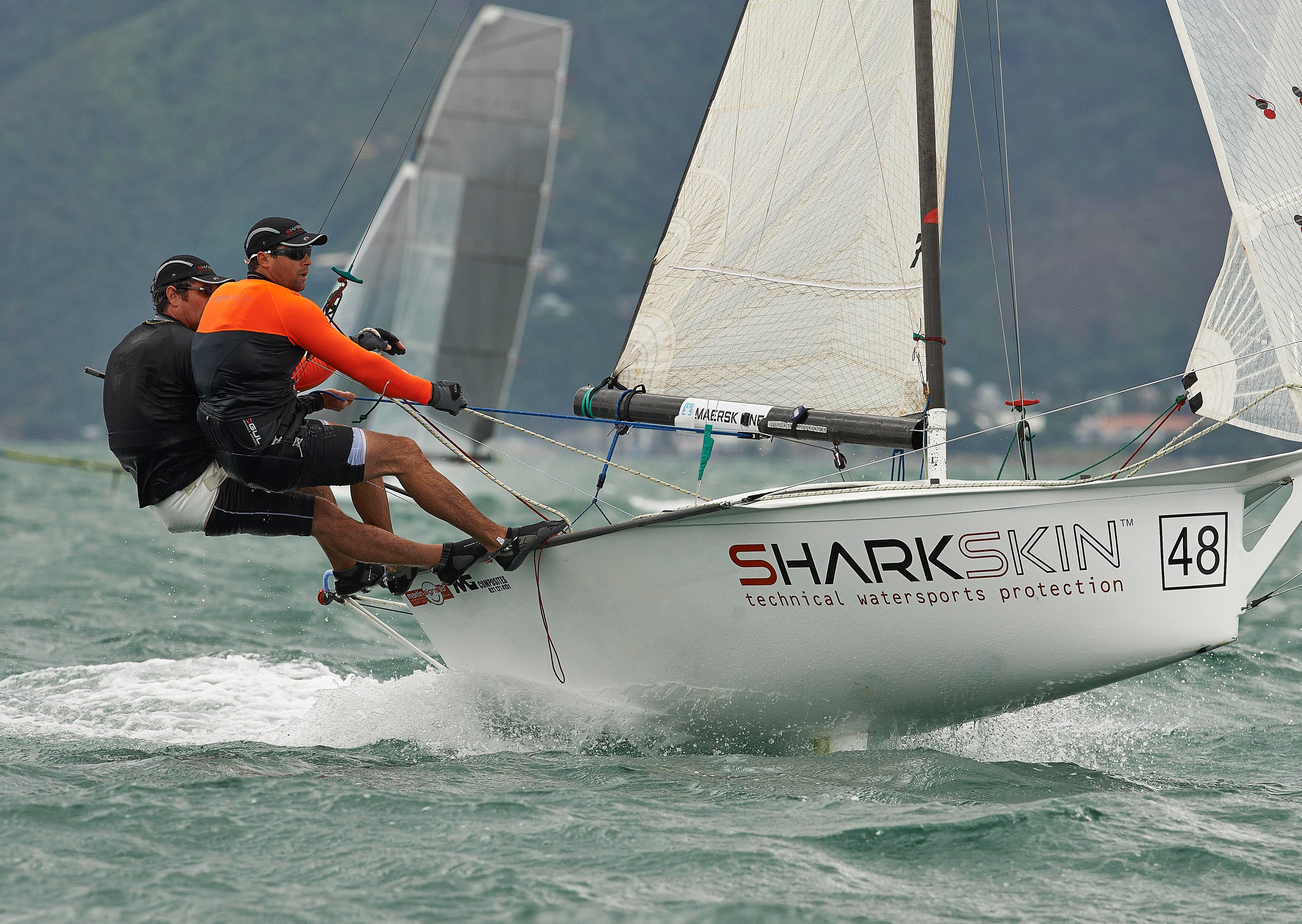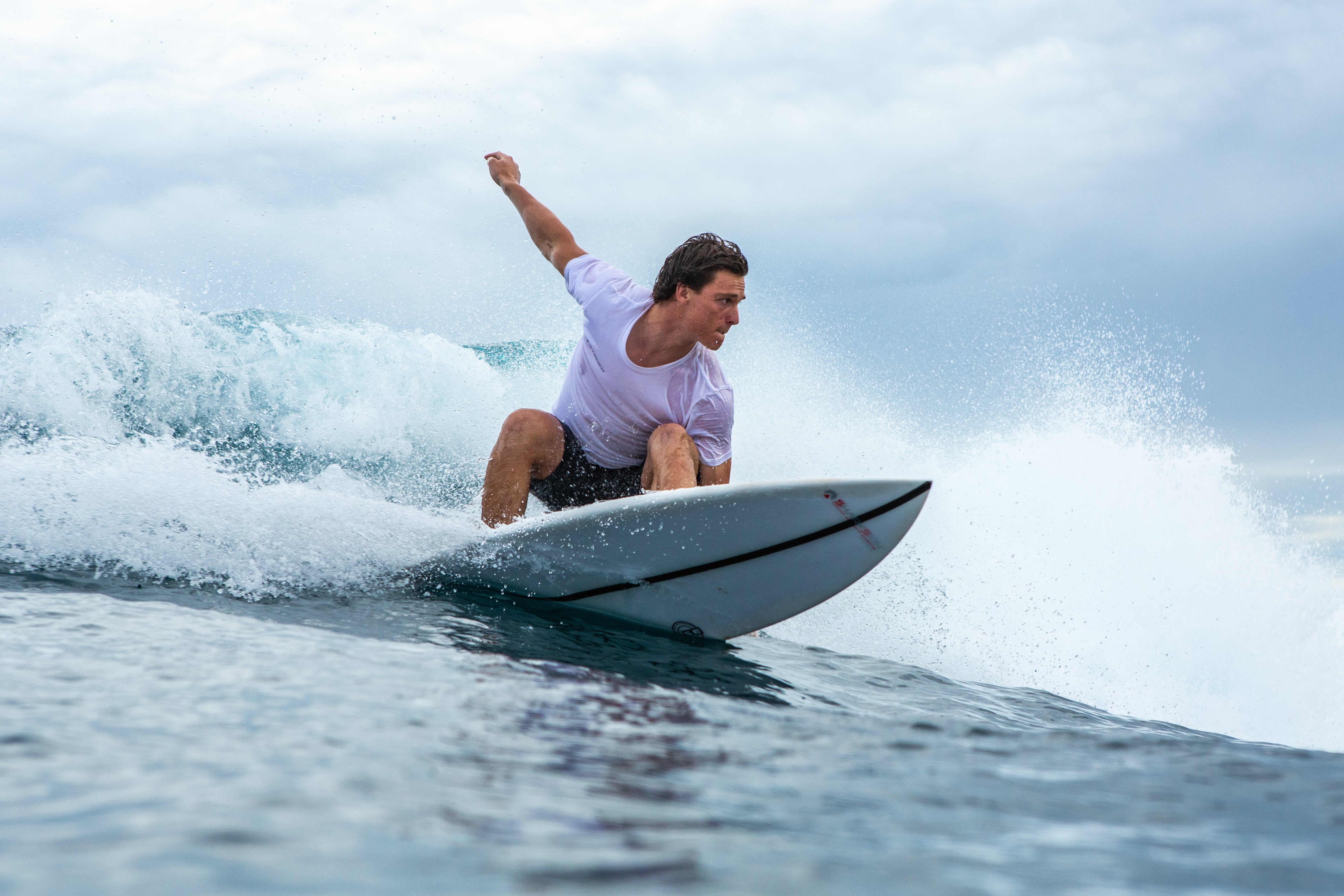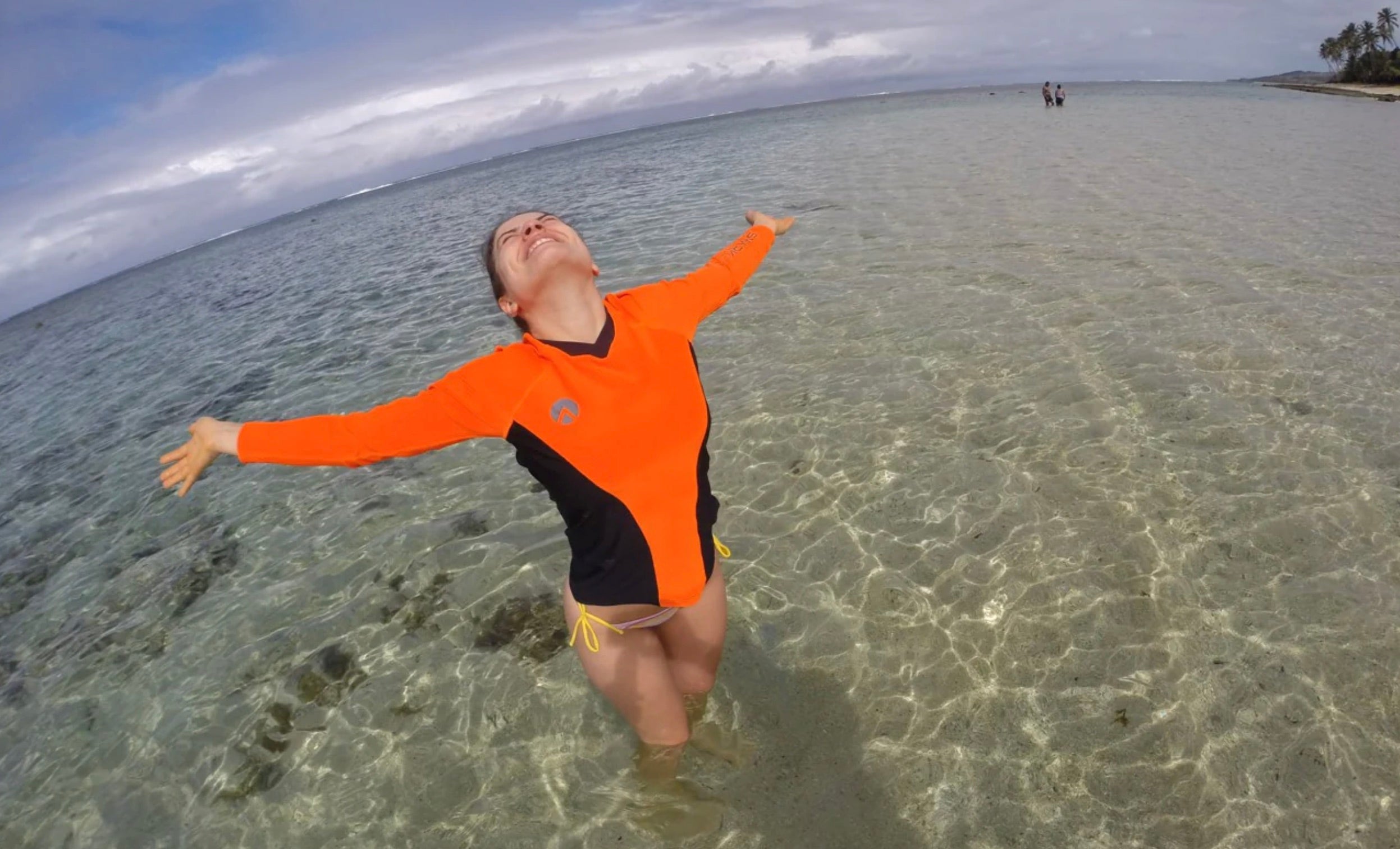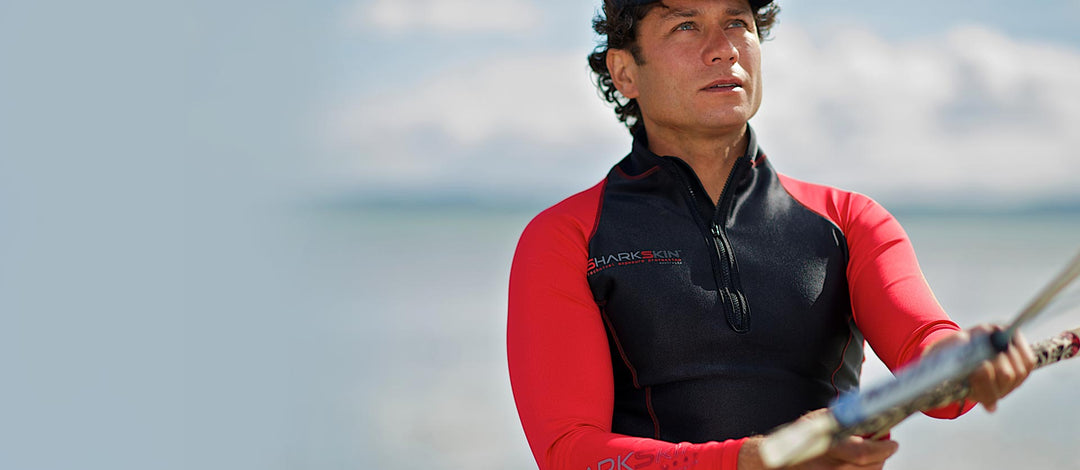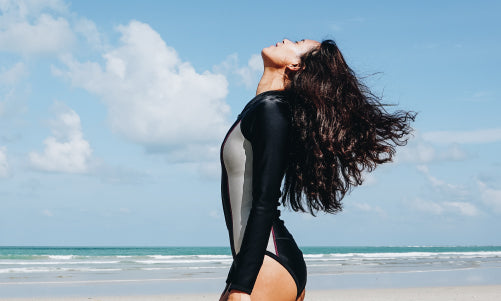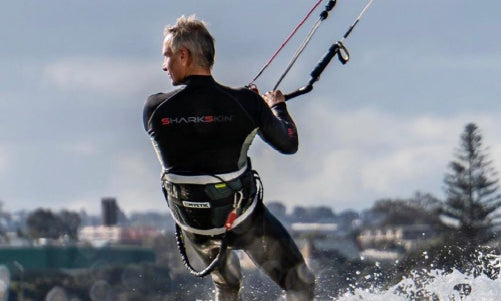Wakeboarding for Beginners: Tips, Tricks and the Right Gear
Wakeboarding is one of the most exciting water sports you can try, offering a mix of surfing, snowboarding and water skiing all in one thrilling ride. Whether you’re just stepping onto a board for the first time or looking to improve your technique, starting with the right information and equipment makes all the difference.
This beginner’s guide covers essential wakeboarding tips, gear recommendations, and basic wakeboarding tricks to help you build confidence on the water. We’ll also touch on water conditions, safety gear, and why calm waters are ideal for new riders.
1. What is Wakeboarding?
Wakeboarding is a tow-based water sport where the rider stands on a board, holding onto a rope that’s pulled by a boat (or cable system). It combines the balance and stance of snowboarding with the fun and flexibility of water sports.
Using a wakeboard boat, you ride over the water, using the boat’s wake as a ramp to perform tricks or simply enjoy the ride. It’s a great option for all ages and skill levels, offering a fun way to stay active and cool during warmer months.
2. Choosing the Right Beginner Wakeboard
The first step for any new wakeboarder is selecting the right gear, especially the board.
Beginner Wakeboards Should:
-
Be longer and wider for better stability
-
Have a continuous rocker for smoother rides
-
Include centre and rear fins for improved tracking
-
Come with adjustable bindings suited to your foot size
Beginner wakeboarders should look for boards that are forgiving, offer balance, and help you stay upright more easily. For extra help selecting the right wetsuit and gear, check out our guide on wetsuit shopping mistakes to avoid.
3. Must-Have Wakeboarding Gear
Aside from the board, essential wakeboarding gear includes:
-
Life jacket or buoyancy vest – for safety and legal compliance
-
Helmet – optional but recommended, especially for cable parks or tricks
-
Water shoes – for extra grip and foot protection
-
Wetsuit or rashie – to keep you warm and reduce friction
Explore the essential gear for water sports to make sure you’re well prepared.
4. Wakeboarding Tips for First-Time Riders
When you’re starting out, focus on building a solid foundation. Here are some helpful wakeboarding tips for beginners:
-
Start in a crunched position with knees bent and arms straight
-
Let the boat pull you up, rather than trying to stand up too quickly
-
Keep your weight evenly distributed over both feet
-
Stay relaxed and look forward, not down
-
Choose a shorter rope to reduce slack and gain control more easily
-
Practice in calm water to reduce challenges from wind or waves
For safety and comfort, read our guide on why the right water gear matters.
5. Understanding Your Stance
Finding your dominant foot is key to better balance and control.
-
Regular stance: Left foot forward
-
Goofy stance: Right foot forward
Your front binding should be slightly closer to the board’s nose. Keep your feet shoulder width apart, knees bent, and press directly against the board to maintain control.
6. Learning to Turn and Control Speed
Once you’re up and riding, it’s time to gently rotate the board using your shoulders and hips. Keep your arms straight, shift your weight slightly, and use the board’s back edge to make turns. Start with slow speeds, then increase once you're comfortable.
Remember to always stay crouched during turns or rough patches to avoid losing balance.
7. Beginner Wakeboarding Tricks to Try
When you’ve mastered getting up and turning, try some entry-level tricks like:
-
Surface 180 – switch from regular to goofy stance while riding
-
Ollie – a small hop without using the wake
-
Switch riding – practice riding with your non-dominant foot forward
-
Wake jumps – simple hops over the boat’s wake on a calm day
As you gain confidence, move on to aerial manoeuvres, grabs and spins.
8. Safety and Environmental Awareness
No matter your skill level, always prioritise safety and respect for nature. Be mindful of other water users, wildlife, and local boating regulations.
Before heading out, explore our helpful guides on marine animal safety, UV protection in water sports, and climate-friendly practices for eco-conscious riding.
Final Thoughts: Wakeboarding is for Everyone
With the right gear, attitude, and a little patience, wakeboarding for beginners can quickly evolve into an exciting passion. Start with a beginner-friendly board, practise the basics, and remember to enjoy every splash, fall, and breakthrough.
Sharkskin, we believe that great gear makes a difference. Our premium range of thermal protection, UV tops, wetsuits, and water sports accessories is designed for performance, comfort and versatility—ideal for wakeboarders of all levels.
Our products are built with quality materials and tested in real-world Australian conditions. Whether you’re wakeboarding behind a boat or just enjoying a casual paddle, we’ve got you covered. Stay warm, safe and confident with Sharkskin by your side on every water-based adventure.
FAQs: Wakeboarding for Beginners
Is wakeboarding easy for beginners?
Yes, wakeboarding is considered beginner-friendly, especially when compared to other board sports like surfing or snowboarding. With the right gear, calm water, and a supportive boat crew, most beginners can get up on the board within their first few tries. Choosing a beginner wakeboard with more stability and using a shorter rope can also help make the learning process smoother.
How long does it take to learn wakeboarding?
Most people can learn to stand up and ride in a single session, typically within 30 minutes to an hour. However, becoming confident with turns, controlling speed, and attempting basic tricks usually takes a few sessions. Like any water sport, progress depends on your fitness level, prior experience, and how much time you spend practising.
How do I start off on a wakeboard?
Start in the water in a seated, crunched position with your knees bent, arms straight, and board perpendicular to the boat. Let the boat do the work and don’t pull yourself up. As the rope tightens and the upward pull begins, keep your weight evenly distributed and allow the board to glide under you as you rise. Once you're up, turn the board gently so your front foot points in the direction you’re going.
What is the hardest part about wakeboarding?
For many beginners, the hardest part is getting up on the board for the first time. It’s easy to instinctively pull on the rope or stand up too early, which can cause you to fall forward. Staying relaxed, trusting the tow line, and maintaining the right body position takes a bit of trial and error. After that, learning to turn, balance, and eventually ride switch or try tricks can present new challenges but that’s all part of the fun.




